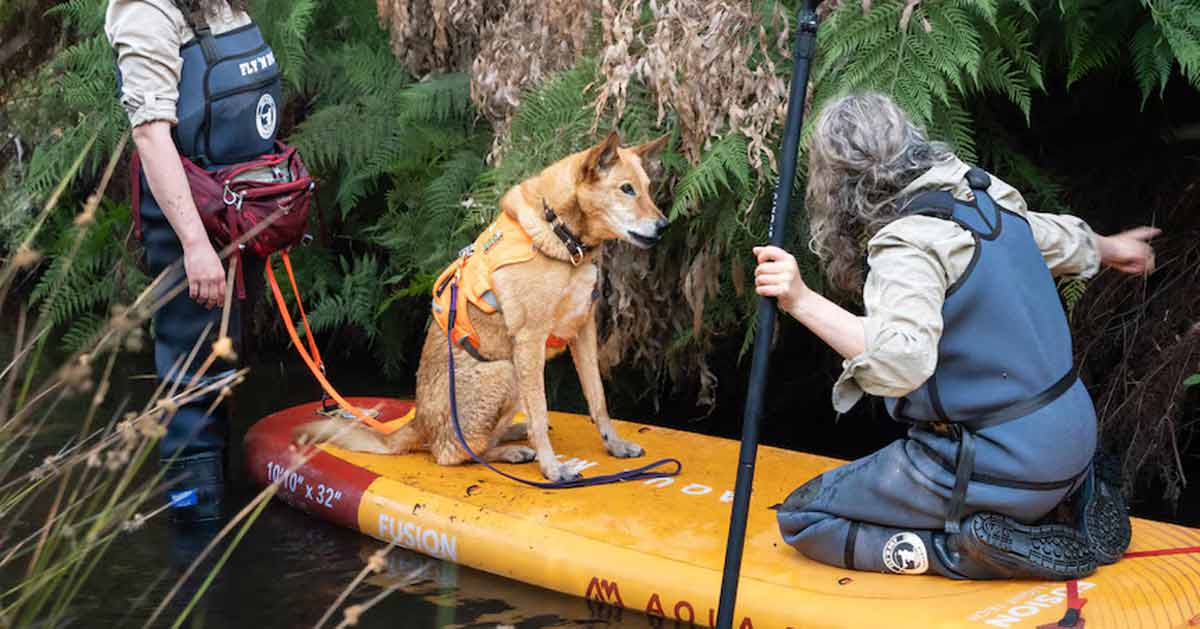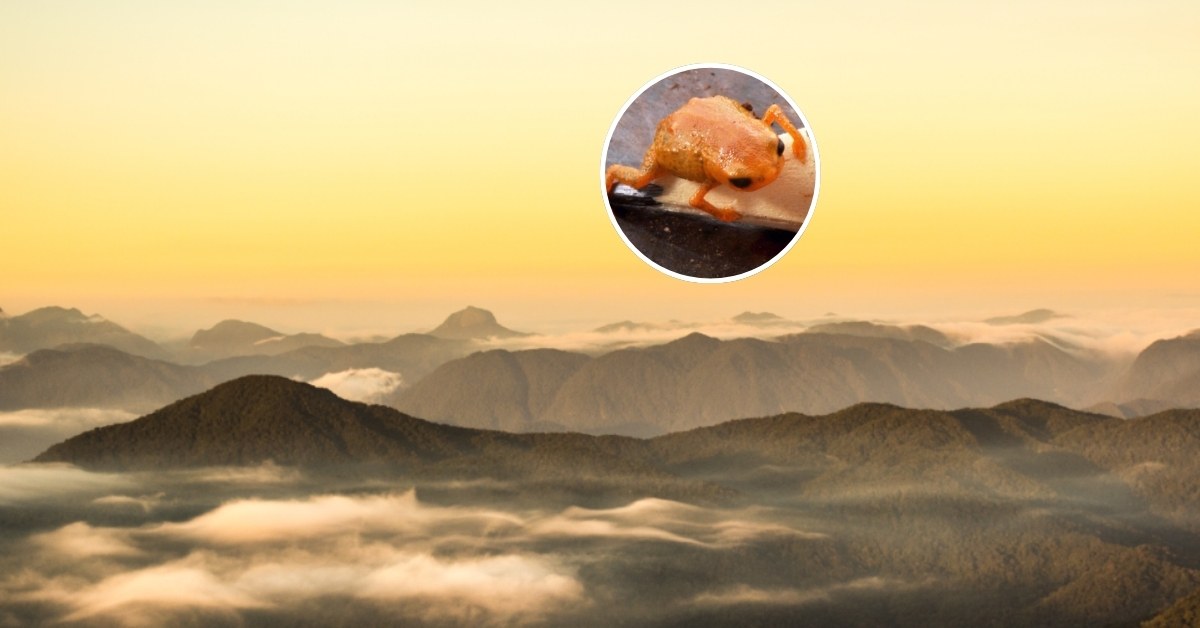Ask any dog owner and they’ll tell you: Nearly every dog can sniff out the miniscule crumbs of lunch left behind on a pair of jeans or the betrayal of their human petting another pup.
But in recent years, scientists and dog behaviorists have leveraged dogs’ superior sniffers for good: Protecting endangered species.
At Victoria, Australia’s Healesville Sanctuary, a crew of detection dogs has a very important job to save the country’s endangered platypuses.
Wild platypuses are listed as a vulnerable species in Victoria and endangered in South Australia and have long been elusive to scientists. Habitat loss and illegal fishing practices definitely don’t help.
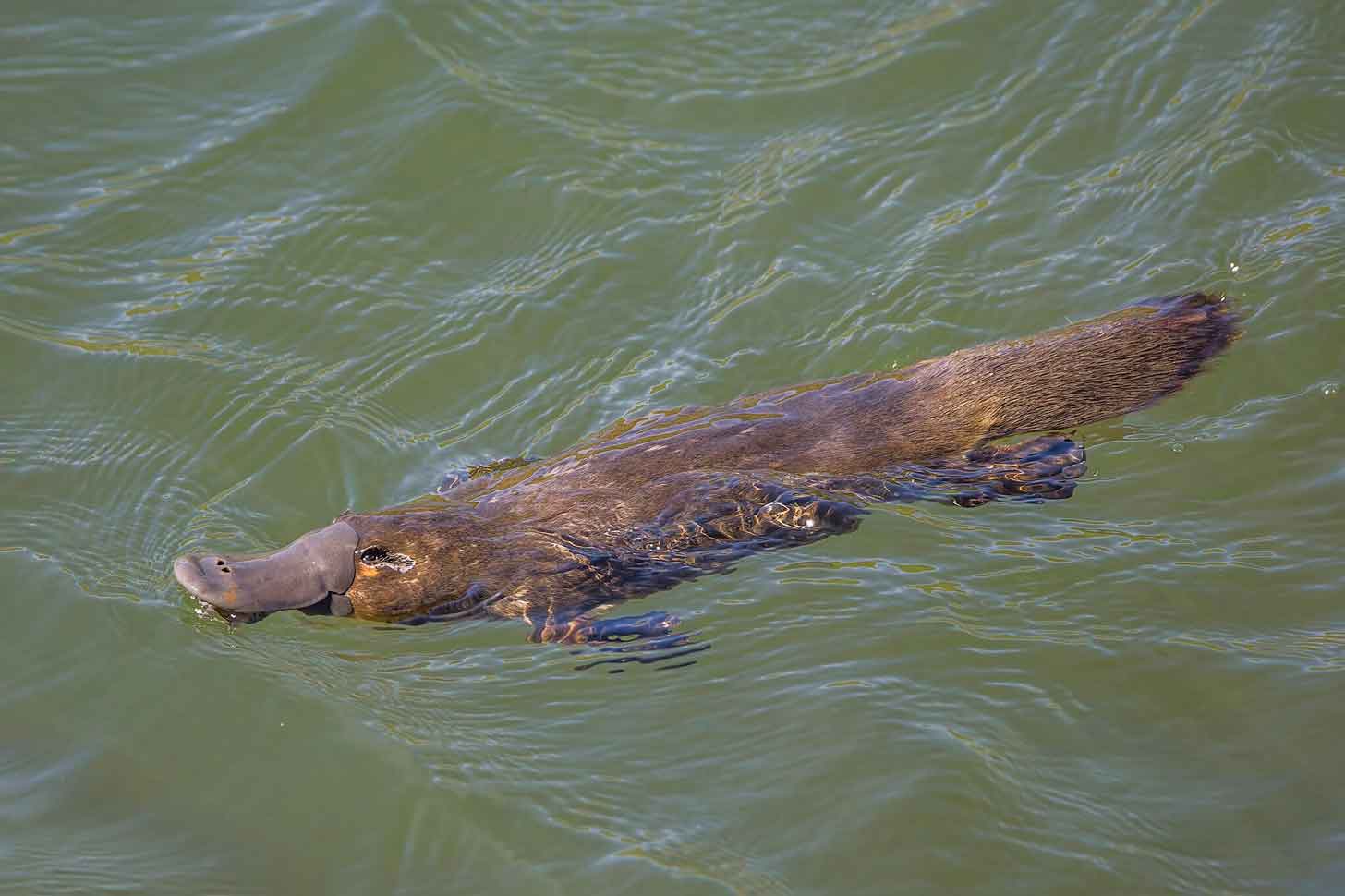
Despite platypuses being an iconic species down under, very little is actually known about the duck-billed mammal, Healesville Sanctuary platypus specialist Jessica Thomas, said.
“It sounds quite basic but it’s still a gap in our knowledge bank and I think one of the reasons that we don't know this stuff is that they have that reputation of being very cryptic,” Thomas told ABC News Australia, adding that in over 100 years of study, no researcher has seen a platypus lay an egg.
“They spend their time underwater and underground and they're also nocturnal, so they're quite challenging just to observe, let alone study,” she added.
While humans remain at odds with the creature, dogs are surprisingly more tactile in the field.
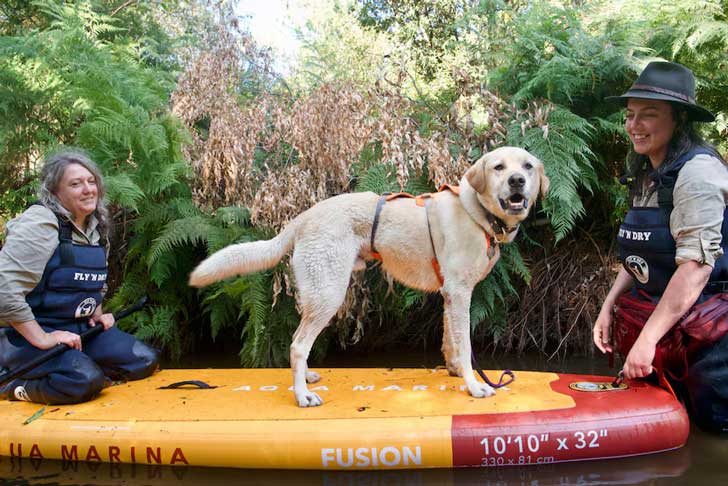
After working with detection dogs to find Baw Baw frogs on a previous mission, a crew of pups — namely, Moss the yellow Labrador, and Pip, a Kelpie mix — are headed out to help researchers better understand the wild platypus.
“Because of our dogs’ incredible sense of smell, we’re able to have a better understanding of how these platypus are living and using their environment,” Healesville wildlife detection dog officer Dr. La Toya Jamieson told ABC News.
“And the dogs are able to do it safely, effectively and rather quickly without us ever needing to see a platypus or handle a platypus,” she added, “so it’s a lot less stressful for the platypus in those moments.”
Given the fact that platypuses are mostly nocturnal creatures, Jamieson said, the dogs make it exceedingly less disruptive to study and count the creatures during the day when they are asleep.
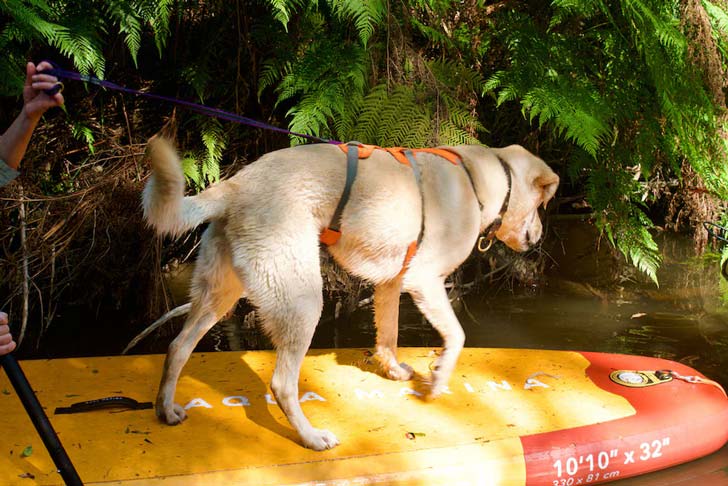
“Our dogs provide an incredible asset for helping our human biologists look for platypus,” Jamieson added in a video shared by Zoos Victoria. “They provide a way for us to have an understanding of how platypus are using their environment through the dogs locating their natural burrow systems.”
To do this, the dogs don safety vests and hop aboard a floating paddleboard in the the creeks of Victoria.
Although human handlers struggled to stay afloat, Jamieson said the dogs excelled, though Thomas added, the only hard part was “keeping them calm and not wanting to do zoomies on the paddleboard.”
Once the dogs were trained to stay still and alert on the boards, they were able to sniff in the direction of their targets without swimming bombastically through the water, maintaining a safe distance, while directing researchers to their area of study.
“This paddleboard has been a game changer for us because we’ve been working with our detection dogs on platypus for several years now and, particularly in the high rainfall years, we’ll have a lot of burrows that we simply can’t access, which means that our teams haven't been able to survey stretches of the creek system,” Jamieson explained.
“What’s been really helpful is they’ve been able to pinpoint the entrance to their burrows,” another detection dog officer, Dr. Nick Rutter, explained on TODAY Australia, “so we can better understand how they’re using that environment and how we can better conserve them in that space.”
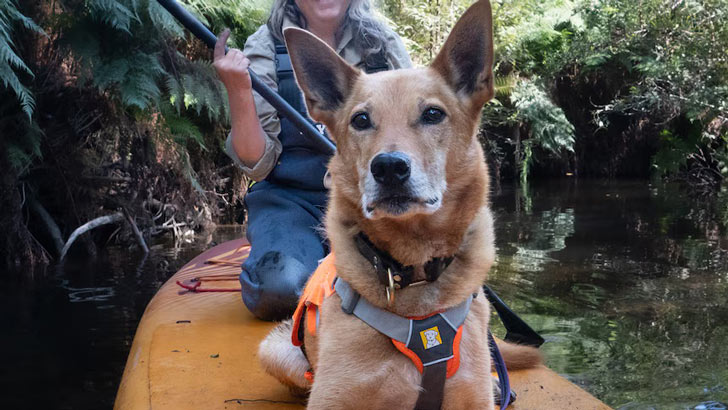
Before the dogs can hop on the SUP, however, they must train extensively. In addition to strengthening their core muscles to be able to balance and sniff from the boards, they have to learn how to locate their targets in the wild.
“We pair the smell of the platypus with a reward, be that a ball or some food, and we associate it with that game,” Rutter said. “When they find the platypus, they get a reward.”
The Australian Platypus Conservation Center will soon be opening at the Healesville Sanctuary, designed to rehabilitate and return sick or injured platypuses back to the wild.
In order to do this well, the facility must be designed to replicate the natural environment of the animals. The dog sidekicks support the researchers’ quest to learn more about the endangered species and provide them with the best and most helpful information to save their lives and give them a safe place to recover.
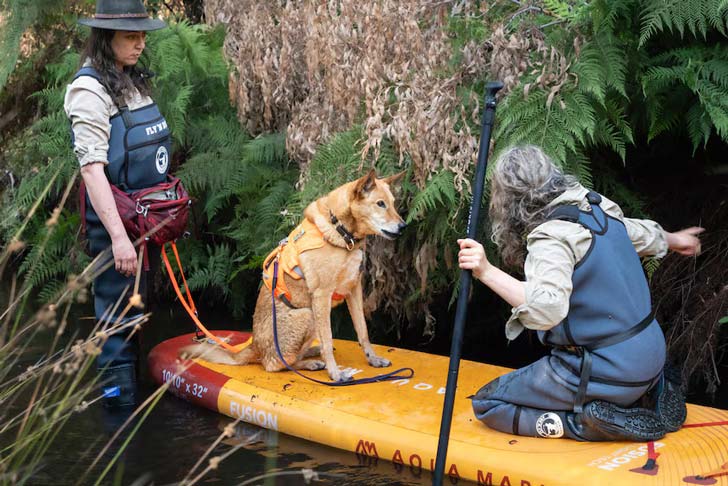
“Platypus is such a unique species, and it’s so critical that we protect not only them, but also their environment,” Jamieson said. “Our detection dogs provide us an opportunity to do that.”
Along with Moss and Kip, other detection dogs are part of a myriad of conservation efforts from the Healesville Sanctuary, including Daisy and Sugar, who sniff out Victorian Grassland Earless Dragons, and Finn, a whiz at finding endangered frog species.
“[Finn] might be one of the new recruits onto our Platypus Detection Project in the future, but at the moment he works with our team to survey for the critically endangered grassland earless dragon and the baw baw frog,” Rutter shared on TODAY Australia. “Watch this space; Finn might be on a paddleboard in the not too distant future.”
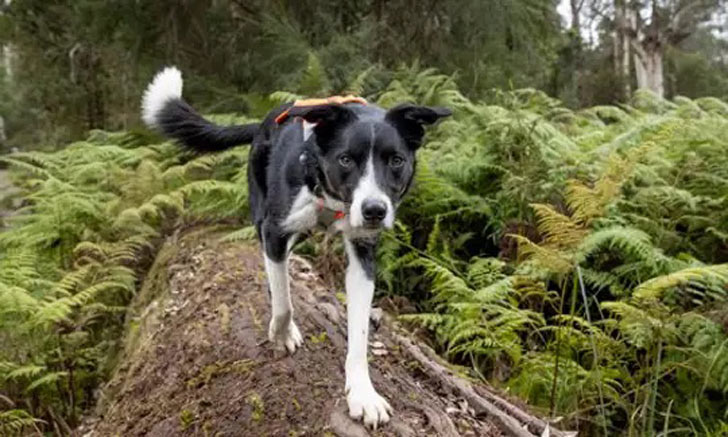
While the detection program continues to grow and make an impact for a number of endangered species, Jamieson added that it’s also just a blast.
“It is a lot of fun getting the dogs out on the paddleboards,” she admitted in the sanctuary’s video. “And it’s beautiful to see that they enjoy it just as much as we do.”
Header image courtesy of Rick Hammond/Zoos Victoria
